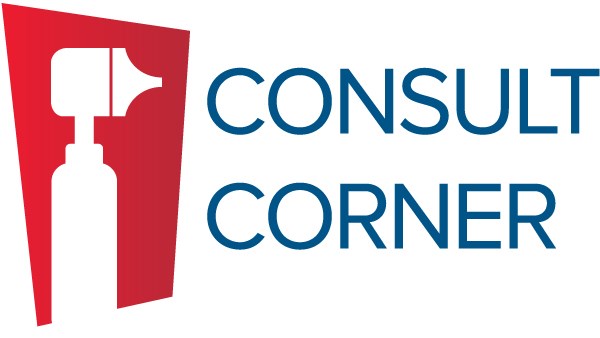EMR: What is the most effective way to present an otolaryngology consult over the phone?
In general, a focused presentation following an upfront, clearly stated consult question with a thorough description of the otolaryngologic exam and perceived urgency are helpful.
EMR: What basic workup do you prefer to be completed prior to placing a consult?
Consults for assistance with a possible infection:
— Basic labs, CBC with differential, CRP Ã CRP can be helpful because it allows for computing of a LRINEC score if there is concern for necrotizing fasciitis.
— If imaging is indicated, typically a CT scan with contrast.
Consults related to bleeding (epistaxis, tonsil bleed):
— Basic labs (H/H), Coags
EMR: What are some common procedures that an EM resident should feel comfortable with managing in the community?
- Needle aspiration of a PTA. A small to medium sized peritonsillar abscess that does not raise concern for airway compromise or extension into the neck can often be aspirated successfully by an EM provider.
- Tracheostomy changes. Remember the mnemonic SPLAT when manipulating and/or changing tracheostomies:
- Suctioning (have available Yankauer and red rubber catheter)
- Positioning (supine, neck extended)
- Light (good overhead light/headlight)
- Assistance (two sets of hands preferred)
- Tracheostomy (replace like with like if possible; have cuffed and uncuffed options available)
EMR: What do you consider to be emergent consultations?
The ABCs start with the airway. Remember, audible stridor often indicates the airway is at least 80% stenotic and is often >90%. These patients should be kept sitting upright, and providers need to be extremely cautious with use of pain medicine or sedatives; otolaryngology should be consulted urgently. Early involvement of anesthesia and otolaryngology and having an algorithm for dealing with acute upper airway obstruction is essential for successful treatment.
EMR: Top 3 ED pet peeves?
- Lack of a diligent exam: Exposure to ENT anatomy and pathology is somewhat limited in medical school, which makes good examination of these patients a formidable task for the non-specialist. You only get better by trying.
- Blood pressure management during epistaxis: We often get pushback from the ED on this. We see the cause and effect relationship in sinus surgery all the time; good management of hypertension does help.
- Consult for equipment: Calling because we have the fancy instruments. Typically, getting these patients to clinic is in everybody's best interest.
EMR: Other pearls?
- Peritonsillar abscesses form in the pseudocapsule between the tonsil and the pharyngeal constrictor muscle. Remember the tonsil is somewhat football shaped and often only about half of it can be seen. The key to striking gold (ie, pus) on an aspiration is identifying the palatoglossus muscle (anterior tonsillar pillar) and fanning out radially enough to ensure the needle is in this potential space rather than embedded in the parenchyma of the tonsil itself.
- The absorbable packing options for dealing with epistaxis are great. Often, anterior epistaxis can be dealt with successfully by generous use of surgicel, gelfoam, and/or nasopore packing avoiding cumbersome, uncomfortable nasal packs that must be removed 2-3
days later. - Perform laryngoscopy when possible! When positioned in the oro/hypopharynx, ask the patient to do the same set of maneuvers every time (be systematic!):
- Stick their tongue out à exposes the tongue base and vallecula.
- Tongue back in and put chin up (sniffing position) Ã improves visualizing the larynx. Strongly sniff in through their nose and say “EEEEE.”
- A strong sniff is the most powerful neurologic signal to abduct the cords; enables you to check vocal fold abduction and evaluate patency of glottic airway.
- During phonation (“EEEE”) analyze how the cords come together to see if they look healthy or not.
- Sniff in one more time to look at the patency of the subglottis when possible.
- Insufflate cheeks and valsalva with a closed glottis (“puff your cheeks up like you're playing the trumpet”) to look at both pyriform sinuses.
Routine practice will help you get this down and improve the accuracy of your scopes!



